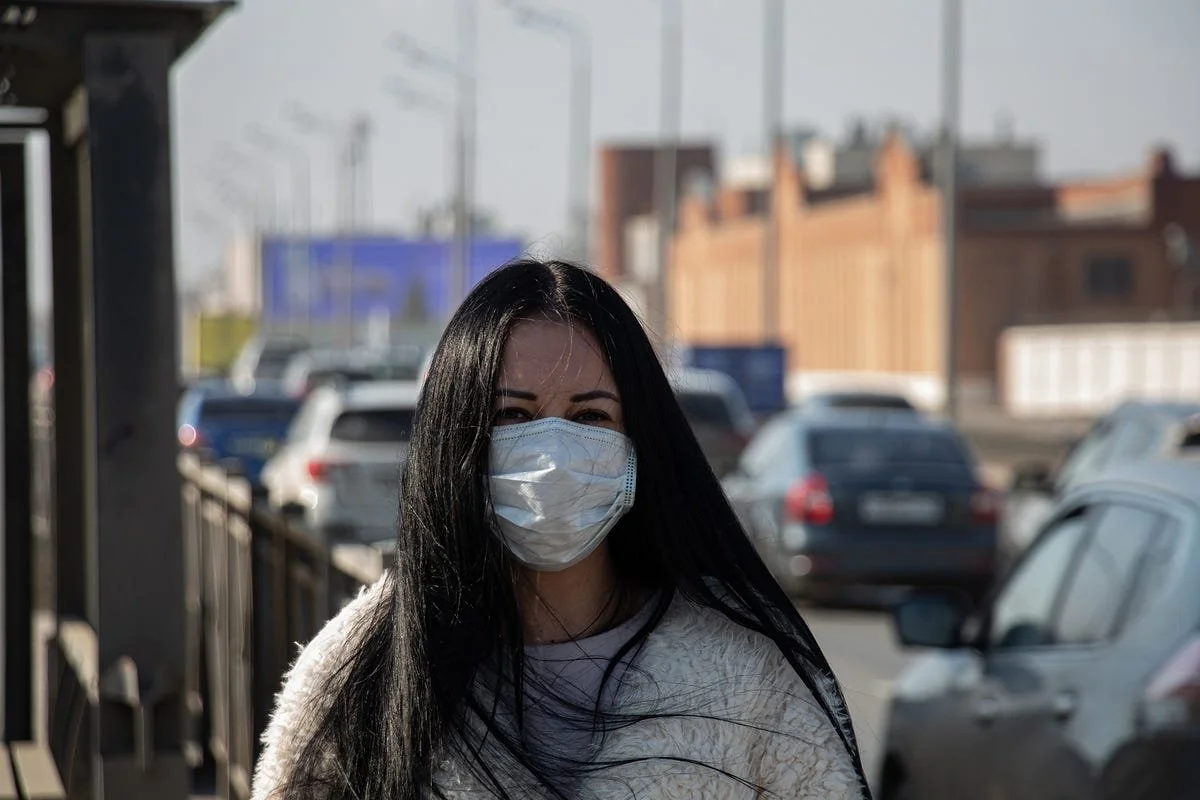The Clean Air Act has Improved Our Health Yet Has Widened Inequities
Researchers in Ohio (along with a high school student at Hawkin High!) took a look at how exposure to air pollution has affected our health between 1990 and 2021. The research looked at the link between fine particulate matter (PM2.5) and the burden of chronic diseases such as type 2 diabetes mellitus (T2DM), chronic obstructive pulmonary disease (COPD), ischemic heart disease (IHD), and stroke.
The Clean Air Act is Improving Our Health
The good news is that the Clean Air Act has worked, as the data found a significant and consistent decrease in death rates and disability-adjusted life-years from PM2.5 exposure. In fact, in 2020, the Clean Air Act and its amendments were projected to prevent over 230,000 early deaths, primarily by reducing harmful air particles.
These amendments have addressed urban air pollution, toxic air emissions, ozone depletion, and acid rain. Additionally, regulations such as the National Ambient Air Quality Standards and targeted emission controls have also contributed to reducing air pollution.
The bad news is that the Trump administration is exempting dozens of chemical manufacturers, oil refineries, coal plants, medical device sterilizers and other polluters from Clean Air Act rules. One proclamation exempts about 40 medical device sterilizing plants from requirements to reduce 90 percent of their emissions of cancer-causing ethylene oxide. Another exempts more than 50 chemical manufacturers and oil refineries from requirements to cut emissions of toxic chemicals including ethylene oxide and another cancer-linked chemical called chloroprene.
Climate Change and Wildfires Offset Benefits
The other bad news is that climate change is rolling back those benefits as well - especially as we see more and more wildfires across the west. According to the National Interagency Coordination Center on Wildfire, nationally, there were 64,897 wildfires reported in 2024, compared to 56,580 wildfires reported in 2023. Reported wildfires consumed 8,924,884 acres in 2024, compared to 2,693,910 acres in 2023. More fires equals more emissions of fine particles and toxic chemicals.
Geographical variations are also evident in the data. Some states, like Alaska, have experienced an increase in death rates and disability-adjusted life-years for Type 2 diabetes mellitus and chronic obstructive pulmonary disease. The American Lung Association's "State of the Air" 2024 report indicates that Alaska has severe air pollution, potentially due to factors like wood-burning stoves and wildfire smoke.
The study also notes that while rural areas have generally seen a greater decrease in air pollution, local and state-level variations still exist. The increasing frequency and severity of wildfires due to climate change are a particular concern, as they can triple particle pollution in affected areas.
Gaps in the Clean Air Act Create Wider Inequities
The study also highlights the role of socioeconomic factors in health outcomes related to air pollution. The authors used a sociodemographic index (SDI), a measure of social and economic development, to categorize states.
They found that states with a high SDI saw greater improvements in death rates for IHD and COPD compared to low-SDI states. High-income states also experienced faster declines in COPD death rates than low-income states.
The study explains that lower-SDI areas often face a disproportionately higher health burden from PM2.5 exposure. Individuals in higher-SDI communities may have more resources to reduce their exposure to pollutants, such as private transportation, indoor work environments, and access to climate control.
The authors conclude that while progress has been made in reducing the health burden of air pollution, there is a continued need for targeted interventions and policy revisions. They emphasize that policies should be tailored to patient subpopulations and states where the burden of remains a significant issue. The study suggests that reducing emissions from mobile and nonroad sources, along with community-level changes like adjusting road layouts and providing access to affordable public transportation, could help to further decrease PM2.5 levels and lead to more equitable health outcomes.




